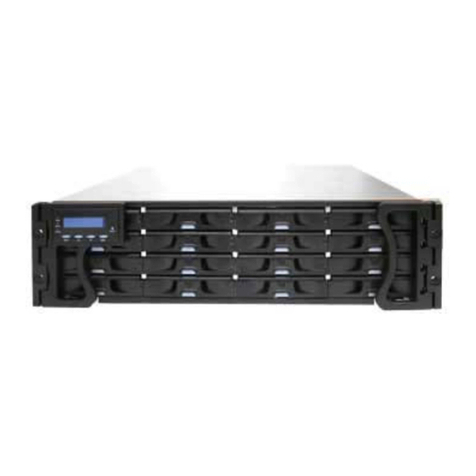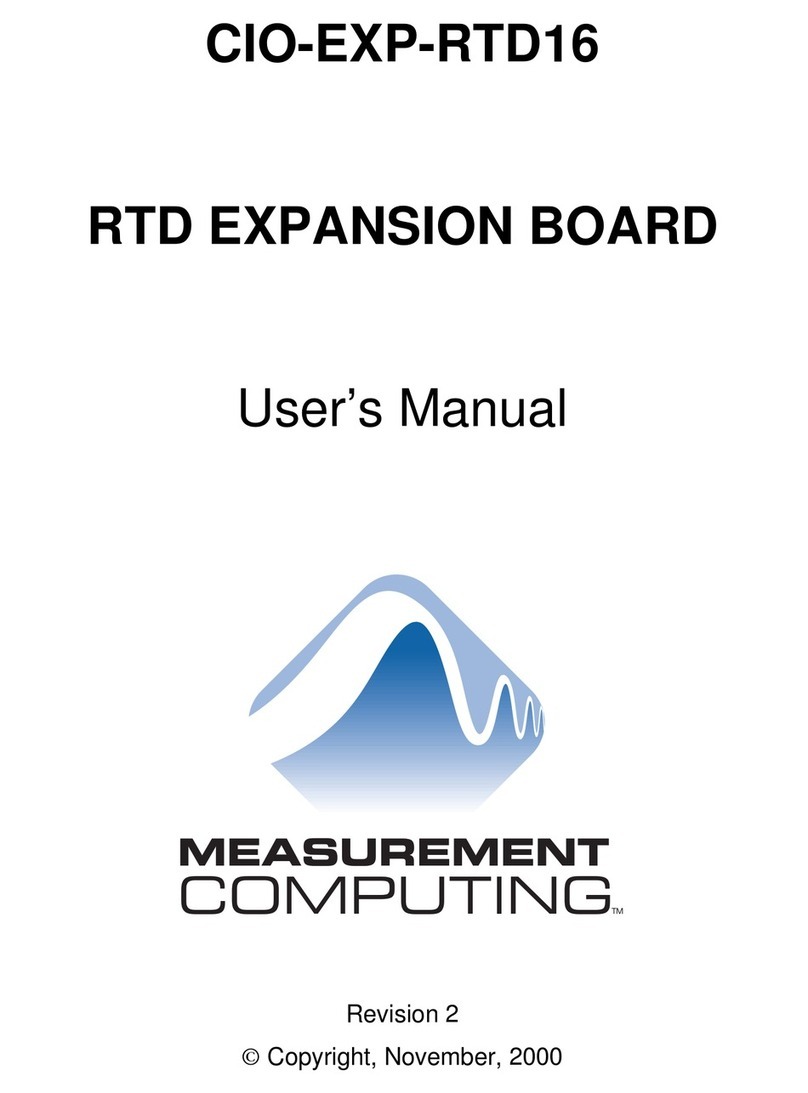Galaxy GHDX2-1430R-16F4D Installation and Hardware Reference Manual
vii
1.3.1 LCD Keypad Panel.....................................................................................1-5
1.3.2 Drive Tray................................................................................................... 1-6
1.3.3 MUX Kit ......................................................................................................1-7
1.3.4 The RAID Controller Module....................................................................... 1-8
1.3.4.1 JBOD Support..........................................................................................................1-9
1.3.4.2 Controller Module Interfaces...................................................................................1-9
1.3.4.3 DIMM Module.......................................................................................................1-12
1.3.5 BBU.......................................................................................................... 1-12
1.3.6 PSUs ........................................................................................................1-13
1.3.7 Cooling Modules.......................................................................................1-14
1.4 SUBSYSTEM MONITORING...................................................................................1-15
1.4.1 I2C bus..................................................................................................... 1-15
1.4.2 LED Indicators..........................................................................................1-16
1.4.3 Firmware (FW) and RAIDWatch GUI........................................................1-16
1.4.4 Audible Alarms .........................................................................................1-16
1.5 HOT-SWAPPABLE COMPONENTS.........................................................................1-17
1.5.1 Hot-swap Capabilities............................................................................... 1-17
1.5.2 Components............................................................................................. 1-17
CHAPTER 2 HARDWARE INSTALLATION
2.1 INTRODUCTION......................................................................................................2-1
2.2 INSTALLATION PREREQUISITES............................................................................2-1
2.3 SAFETY PRECAUTIONS ..........................................................................................2-3
2.3.1 Precautions and Instructions ......................................................................2-3
2.3.2 Static-free Installation.................................................................................2-4
2.3.3 Preparation.................................................................................................2-4
2.4 GENERAL INSTALLATION PROCEDURE.................................................................2-5
2.4.1 Installation Procedure Flowchart................................................................. 2-6
2.5 UNPACKING THE SUBSYSTEM................................................................................2-6
2.5.1 Preinstalled Components............................................................................2-7
2.5.2 Components to be Installed........................................................................2-7
2.6 HARD DRIVE INSTALLATION.................................................................................2-7
2.6.1 Hard Drive Installation Prerequisites........................................................... 2-7
2.6.2 Drive Installation without MUX Kit...............................................................2-9
2.6.3 Drive Installation with MUX Kit.................................................................... 2-9
2.7 DRIVE TRAY INSTALLATION ...............................................................................2-10
2.8 OPTIONAL MUX KIT INSTALLATION .................................................................2-12
2.9 BBU INSTALLATION ............................................................................................2-13
2.9.1 BBU Warnings and Precautions ............................................................... 2-13
2.9.2 Installation Procedure............................................................................... 2-14
2.10 RACKMOUNTING..................................................................................................2-16
CHAPTER 3 SUBSYSTEM CONNECTION
3.1 FC HOST CONNECTION PREREQUISITES..............................................................3-1
3.1.1 Choosing the Fibre Cables.....................................................................................3-1
3.1.2 FC Lasers ..............................................................................................................3-2
3.1.3 SFP Transceivers .................................................................................................. 3-3
3.1.4 FC Port Dust Plugs................................................................................................3-3
3.2 TOPOLOGY AND CONFIGURATION CONSIDERATIONS..........................................3-3
3.2.1 Basic Configuration Rules......................................................................................3-3
3.2.2 Fibre Channel Topologies......................................................................................3-4
3.2.3 Host-side Topologies .............................................................................................3-4
3.2.4 Drive-side Connection............................................................................................3-5
3.2.5 Internal Connections..............................................................................................3-5
3.2.6 Unique Identifier.....................................................................................................3-5
3.2.7 ID/LUN Mapping ....................................................................................................3-5
3.3 DIP SWITCH...........................................................................................................3-6
3.4 SAMPLE TOPOLOGIES............................................................................................3-8
3.4.1 Multiple RAID, Fault-tolerant Connection...............................................................3-8
3.4.2 Dual-Controller, Fault-Tolerant Connection ......................................................... 3-11
3.4.3 Drive-side Expansion...........................................................................................3-12
CHAPTER 4 SYSTEM OPERATION AND MONITORING.
4.1 POWER ON.............................................................................................................4-1
4.1.1 Check List................................................................................................... 4-1
4.1.2 Power On Procedure..................................................................................4-2
4.1.3 Power On Status Check .............................................................................4-3





























